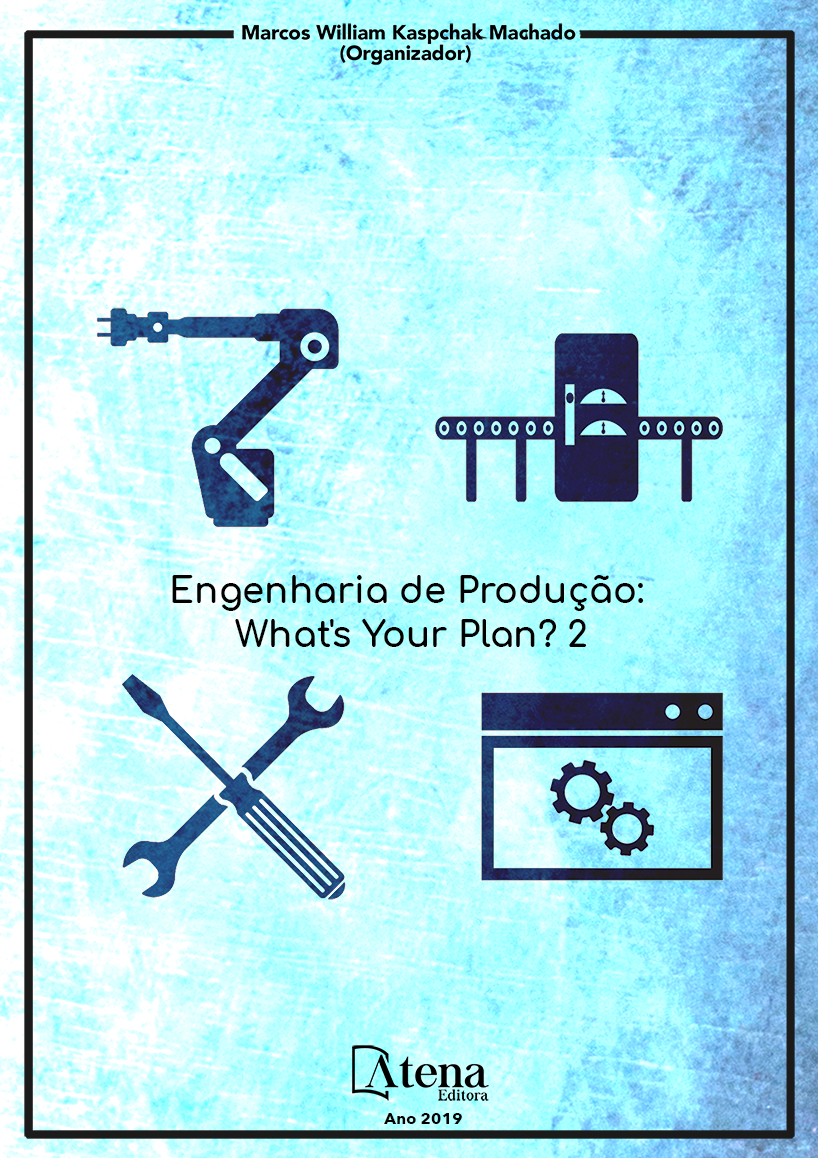
Estudo do comportamento das ferramentas revestidas com PVD na usinagem do alumínio 6351-T6
Com a usinagem cada vez mais presente nos nossos produtos, e o mercado em crescente evolução, aumentando o grau de exigência, é preciso desenvolver meios para aperfeiçoar os processos, buscar melhores resultados e soluções, sempre visar à geração de economia e consequentemente o lucro. Nesse contexto, o presente trabalho visa comparar a eficiência do processo PVD (Physical Vapour Deposition), a fim de testar e provar seu rendimento na usinagem do alumínio 6351-T6, uma vez que na literatura ressalta que o alumínio reage quimicamente com as propriedades do revestimento, neste caso o titânio, sendo assim, a melhor forma de usiná-lo seria com uma pastilha sem revestimento. Após alguns testes realizados em um torno mecânico com pastilha sem revestimento e algumas com diferentes tipos de revestimentos, os resultados obtidos provam o contrário, expõe o êxito da pastilha revestida, e com isso contribui com a revolução de um novo método eficaz e economicamente viável de usinar o alumínio usando a cobertura PVD.
Estudo do comportamento das ferramentas revestidas com PVD na usinagem do alumínio 6351-T6
-
DOI: 10.22533/at.ed.54819120421
-
Palavras-chave: Revestimento PVD, Usinagem de alumínio 6351-T, Acabamento superficial, Ferramentas de metal duro.
-
Keywords: PVD coating, Machining of aluminum 6351-T, Surface finish, Hard metal tools.
-
Abstract:
With the machining increasingly present in our products, and the market in increasing evolution, increasing the degree of exigency, it is necessary to develop means to improve the processes, to seek better results and solutions, always aim at the generation of economy and consequently the profit. In this context, the present work aims at comparing the efficiency of the PVD (Physical Vapor Deposition) process in order to test and prove its performance in the machining of aluminum 6351-T6, since in the literature it is emphasized that aluminum reacts chemically with the coating properties, in this case titanium, so the best way to work it would be with a tablet without coating. After some tests performed on a lathe with uncoated pellets and some with different types of coatings, the results obtained prove the opposite, exposes the success of the coated pellet, and thus contributes to the revolution of a new, effective and economically viable method of coating. Machining aluminum using the PVD coating.
-
Número de páginas: 16
- Marcio Alexandre Gonçalves Machado
- Vanessa Moraes Rocha de Munno
- Ricardo Felix da Costa
- Rodrigo Santos Macedo


